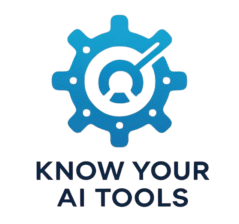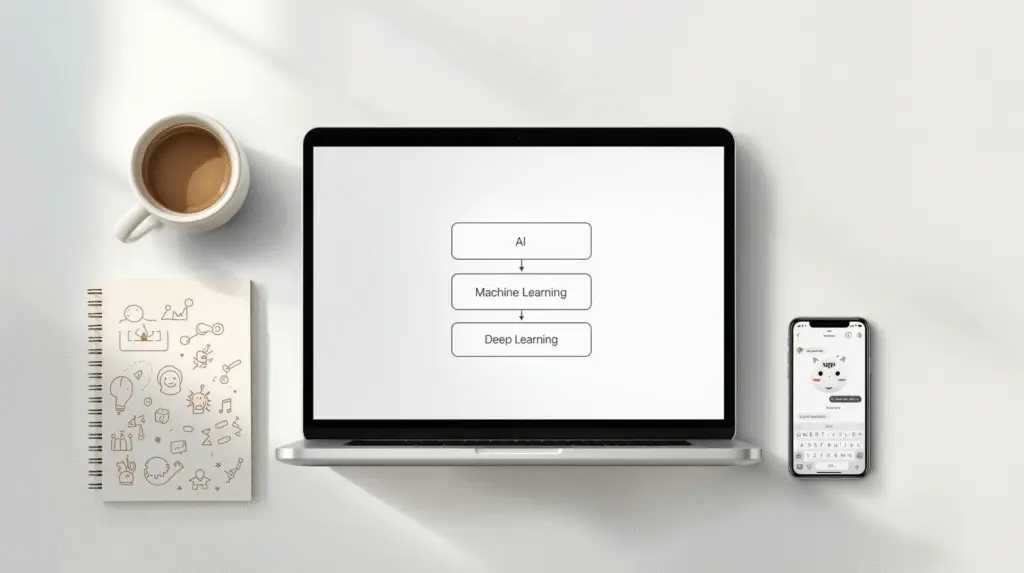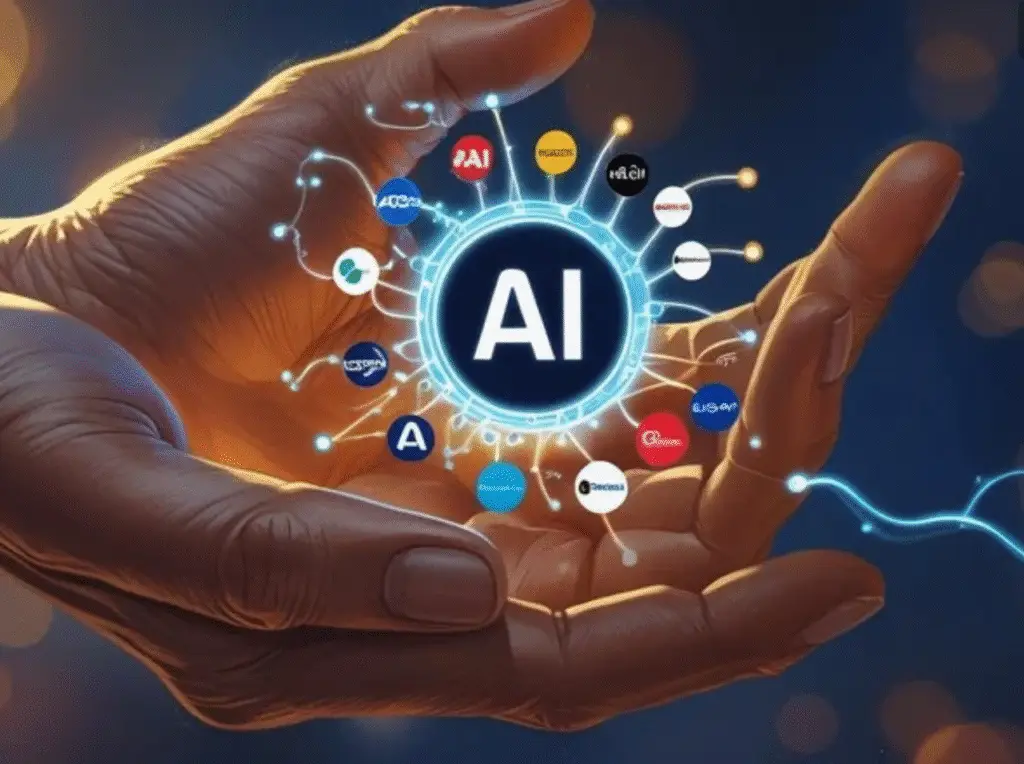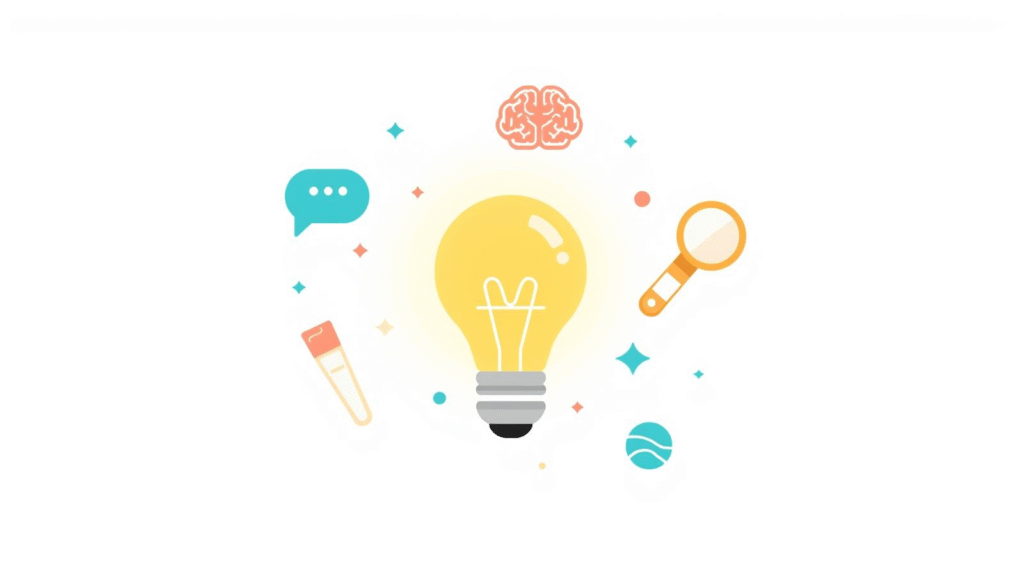Ever felt confused by all the buzzwords – AI, machine learning, deep learning – and wondered if they all mean the same thing? You’re not alone. These terms are often used interchangeably, but they’re not quite the same.
The good news? Once you see how they fit together, it’s surprisingly simple. Let’s break it down in beginner-friendly terms, with real-life examples you’ll actually recognise.
What Is Artificial Intelligence (AI)?
AI is the big umbrella. It’s the overall concept of machines doing tasks that usually need human intelligence, like recognising speech, understanding language, solving problems, or making decisions.
Think of AI as:
- The broad goal of making computers “smart”
- A system that can mimic thinking, reasoning, and decision-making
Real-life examples:
- Siri or Alexa answering questions
- Google Maps planning the fastest route
- ChatGPT generating text responses
Remember: AI is the field. Machine learning and deep learning are techniques within that field.
What Is Machine Learning (ML)?
Machine Learning is how computers learn from data. Instead of being programmed with every rule, they look at a lot of examples and figure out patterns.
Think of ML as:
- Teaching a computer to recognise patterns
- Improving automatically as it sees more data
Real-life examples:
- Netflix learning what shows you like and recommending similar ones
- Email apps spotting and filtering spam
- Online shops showing you “recommended for you” products
Key idea: Machine learning is a subset of AI.
What Is Deep Learning (DL)?
Deep Learning is a special type of machine learning. It uses layered neural networks (kind of like a simplified version of the human brain) to handle huge amounts of complex data – like images, audio, and video.
Think of DL as:
- A more advanced, powerful version of machine learning
- Especially good at handling unstructured data (like pictures and sound)
Real-life examples:
- Facial recognition on your phone
- Self-driving cars detecting stop signs
- Voice assistants understanding spoken words
Key idea: Deep learning is a subset of machine learning, which is a subset of AI.
The Easy Way to Visualise It
Imagine three nesting dolls:
AI (biggest) → Machine Learning (inside AI) → Deep Learning (inside ML)
They’re all part of the same family – just at different levels of complexity.
Why This Matters for Beginners
Understanding this hierarchy helps you:
- Make sense of tech articles and news
- Know which tools use which kind of tech
- Talk about AI with confidence (without feeling lost in jargon)
Common Myths About AI, Machine Learning, and Deep Learning
Because these terms are often mixed up, a few myths keep popping up:
“AI and machine learning are the same thing.”
Not quite – AI is the big goal, while machine learning is just one way to achieve it.
“Deep learning is better than machine learning.”
It’s not “better,” just different. Deep learning is great for huge, complex data (like images or speech), but traditional machine learning can be faster and easier for smaller tasks.
“Only tech experts can understand this stuff.”
Totally false – if you can spot patterns (like recognising a friend’s handwriting), you already understand the core idea. The tools just scale that up with computers.
Try This Next
Want to see these ideas in action? Try one of our beginner-friendly guides:
- Beginner’s Guide to Using ChatGPT (Step-by-Step)
- Beginner’s Guide to Using Google Gemini (Step-by-Step)
Key Takeaway
- AI is the big concept: making machines smart
- Machine Learning teaches machines to learn from data
- Deep Learning is an advanced form of machine learning using neural networks
AI → ML → DL — like big → medium → small. Once you see how they fit together, it’s not so scary after all.



